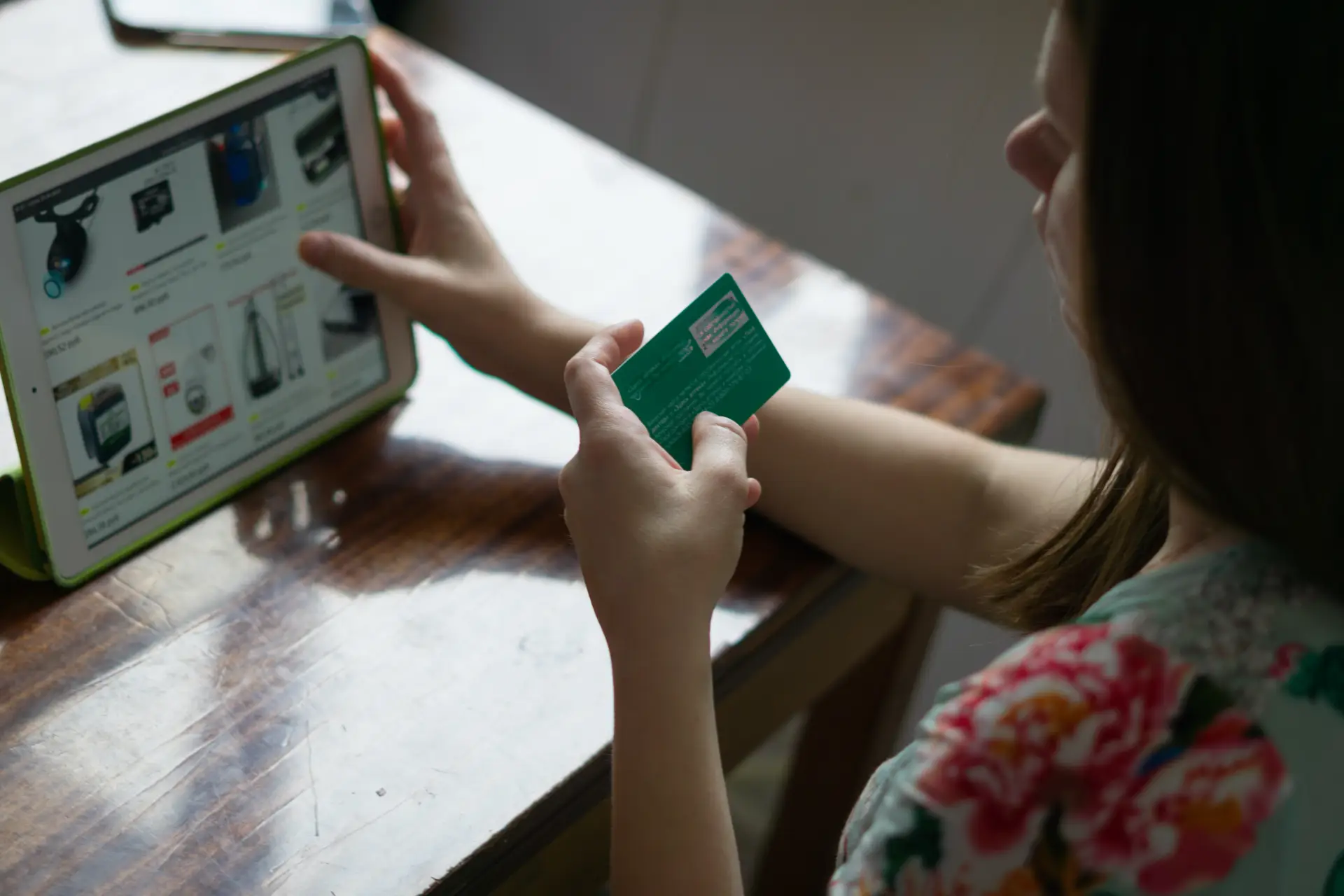In some cases, the best deal is often too good to be true. There are some true deals online and others that are too good to be true as the product might be stolen. This is more common than you think, and these are some of the red flags to look for identifying stolen products before you commit to buying something.
Selling stolen items are common through popular online marketplaces like Facebook Marketplace, Amazon, eBay, Craigslist, and more. It’s easier to sell stolen products online as customers often only have limited information on the product and they don’t have the chance to inspect them in person.
The National Retail Federation categorizes selling stolen items online as “organized retail crime” (ORC) that costs retailers on average $700,000 per $1 billion in sales and retailers experienced a 75% increase in ORC in 2020 alone. It might seem impossible for people to resell stolen products, but consumers need to be more aware of the red flags when possibly buying a stolen product.
The biggest red flag can be seen with an extremely discounted price to entice customers to think they’re getting a good deal. If you are worried about possibly buying a stolen item, try comparing the prices of the same product with trusted and reputable retailers. You can check on eBay by searching the product and selecting the “sold listings” under the filter panel that will generate a list of products sold that will include the sold prices.
Another indication is limited or suspicious listings with red flags including:
-
An electronic device is locked, and the seller claims they “forgot” the password to unlock it.
-
The description claims the item was found.
-
A limited description of the item with a plain, brief statement with little to no details.
After considering these red flags and deciding to pursue buying the item, be sure to contact the seller to ask all the unanswered questions about the product listed. You can also ask the seller for proof of ownership such as a product registration record or receipt of purchase. Some questions to ask are:
-
How long have they owned the product?
-
How is the condition?
-
Why are they selling the product?
One of the biggest red flags is buying from an anonymous seller as there is no guarantee the seller is who they say they are. Another red flag is the seller’s profile with a lack of rating, reviews, or feedback that can be common with new, legit sellers.
When reviewing a seller’s profile only has negative feedback with very few listings for cheap products, this is an indication scam sellers try to build up their fake credibility. Scamming sellers often offer no point of contact for customers that is common with selling stolen items.
Scammers will also attempt to have customers disclose their personal information that scammers can use to steal your identity or take further advantage of you. Another sign of scamming is when the seller requests payment via money transfer that is commonly untraceable through a cashier’s check, money wire, or using cryptocurrency. Most scammers won’t offer customers reputable money transfers like PayPal or credit cards. Hopefully, you’ve learned a thing or two that will help you avoid getting scammed in the future.




